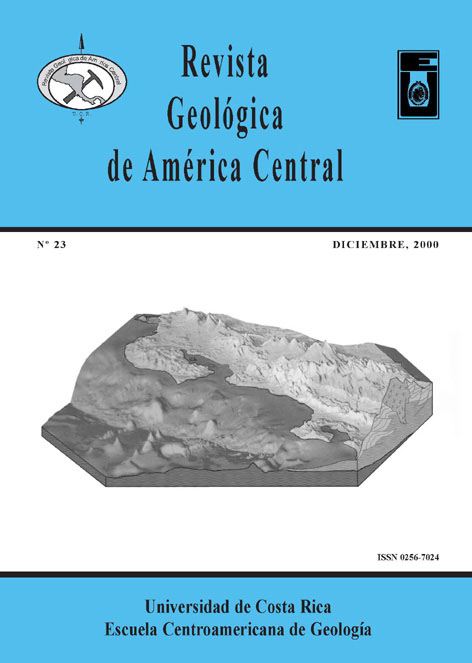Abstract
We present a revised plate tectonic model for the evolution of the Cocos-Nazca spreading sys-tem. Recently acquired marine magnetic data and existing magnetic, bathymetric, and gravimetric data sets to-gether with new age determinations led to a new interpretation of the complicated situation in the Eastern Panama Basin. According to our model the formation of the southern Cocos plate was governed by spreading atthree different ridge axes with alternations between spreading ridges producing a complex magnetic anomalypattern. In the Cocos and Malpelo ridge area and north of the Grijalva Scarp we have identified two precursors(CNS-1 and CNS-2) of the recently active Cocos-Nacza spreading system (CNS-3). The CNS-1 was active from22.8 to 19.5 Ma, the CNS-2 from 19.5 to 14.7 Ma. The spreading direction jumped from NW-SE (CNS-1) toENE-WSW (CNS-2) at 19.5 Ma and to E-W (CNS-3) at 14.7 Ma. The oceanic crust of the CNS was subsequently thickened and overprinted by hotspot volcanism. The Galapagos hotspot produced the Carnegie ridgeon the Nazca plate. A second center of hotspot volcanism about 500 km away from, but most probably relatedto the Galapagos hotspot formed the Cocos and Malpelo ridges.##plugins.facebook.comentarios##
Downloads
Download data is not yet available.






